IRON
Our babies are pretty clever, just as they start to show a real interest in food, is when their bodies are needing certain nutrients that breastmilk no longer meets, the number one being iron. Iron is critical for normal growth and development, and also brain development.
Your babies iron needs at 6 months – 24 months are THE HIGHEST they will EVER be in their life! Did you know they actually require more iron per day at this age than an adult male?!
One of the number one recommended foods by health care providers to start your babies journey into solids is iron fortified rice cereal. Did you know that foods that are ‘fortified’ with iron are generally over processed, and the nutrients are ‘synthetic’ not naturally occurring – which is a leading cause of constipation.
In saying this, if you are choosing to follow a wholefood’s approach to your babies diet, then its important that you focus on NUTRIENT DENSE, iron rich foods! Your baby may not eat a lot at this age, but the more nutrient dense the food is then the more nutrients they will receive.
I prefer to focus on ‘heme’ sources of iron as they are the iron is most bioavailable.
These listed are my favourite iron sources of iron for babies – in bioavailable easy to digest forms.
Heme iron sources are more easily absorbed by the body than non heme so if possible I’d recommend focusing on those food types as babies first foods! I also love spirulina – I will be sharing a few ideas through the week please remember that egg yolk & fish are allergens. Heme sources of iron are also high in other nutrients baby requires at this time, such as zinc and calcium.
I have asterisked (*) a few of the food sources that need to be sprouted or soaked to achieve best absorption of iron. Properly preparing these foods will also allow baby to digest them a lot easier. I recommend waiting until baby is tolerating 3+ meals easily a day before introducing those foods if possible (around 8-10 months) once they have a solid eating foundation.
LIVER
First food in my iron rich foods series is liver, which was one of both my children’s first foods!
Liver is the best source of almost ALL known nutrients – nature’s most powerful superfood!
The University of California’s Berkeley Wellness website states “Ounce for ounce – liver is probably more nutritious than any other food.”
Liver is PACKED with vitamin A, very high in iron (with a powerful combination of folate, iron and B12), B vitamins (especially B12) zinc, copper, brain-building choline, anti-inflammatory omega-3s, rich in antioxidants, serotonin-making tryptophan and so much more!
However, the key to getting all these benefits from liver is to consume the right kind – liver derived from organic, grass fed or pasture raised animals. I personally would avoid eating organ meat from animals if it didn’t come from this source.
It’s an amazing food to eat if you are low in iron, if you are pregnant, breastfeeding or trying to conceive (as it’s so high in folate, iron, protein and other key nutrients for reproductive health) and for your baby!
Chicken and duck has the mildest taste and are nice and small, so they are my go to’s.
How – personally I store mine in the freezer and grate it (frozen) on-top of warm vegetables or purées or egg yolk which will cook it! You can also grate some into meals you are preparing for the family and they will never know (eg spaghetti bowl).
Liver can also be sautéed in ghee (for under 1 year) or organic butter! Hide liver in meatballs and it’s barely noticeable.
Or you can make liver pate, my FAVOURITE is this pate recipe from @jordiepieface pictured here – it’s easy and delicious! Visit her website for recipe ✨
Because liver is so rich in minerals a rough guide for your baby is about 30g x3 a week
SALMON
Another source of heme iron is wild salmon. A perfect #blw food as it is soft, flaky and easy to grasp. Salmon is also very high in vitamin d, rich omega 3 fatty acids, b vitamins and a great source of protein.
Did you know that pairing iron rich foods with vitamin c helps increase bioavailability of the iron by up to 3x – for this reason I have paired the salmon with a squeeze of lemon!
How do you prepare for baby:
1. You can pan fry or BBQ, remove skin as it can be tough for babies, and make sure there are no bones.
2. Or you can wrap in baking paper and bake in the oven until cooked through (about 10-15 minutes). 3. If spoon feeding you can bake salmon in oven for 10-15 minutes, then blend in food processor or blender with 1/4 cup bone broth or breastmilk or water, you can also add a small squeeze of orange juice or lemon juice to the purée. Blitz until smooth, add more liquid if needed.
* Fish is an allergenic food, recommended to introduce between 6-12 months. Only offer when baby is well, and not just before bed! Don’t offer too much too soon, start with a small taste and wait 10 minutes for any immediate response, if no reaction offer the rest of the food.
BONE MARROW
This might have been the last thing on your radar when introducing foods to babies – however, it is such a nutrient dense food, full of good fats and so full of heme iron that it makes a perfect first food! It’s also very versatile, and easy to add to any of babies foods to really increase the nutrient density. Marrow is found on the inside of bones, and it’s full of red blood cells (making it very iron concentrated)
For my kids I roast the bones and scoop out the marrow and then mix with purée (Eg with sweet potato or pumpkin), however I love this recipe from Megan Garcia which is ‘whipped bone marrow’ which looks a lot more appetising!!
When purchasing – ask for a long cut of the bone, and choose cuts from the centre of the bone! You can then use those bones for a broth after scraping out the marrow – win win!!
SPIRULINA
Spirulina is a great way of increasing the nutrient density of your babies food (and your own) – and a great plant based alternative for iron for vegans/vegetarians. Spirulina is a complete protein, high in iron, calcium, zinc and beta-carotene. Spirulina is also a prebiotic food, which helps feed the good bacteria in the gut!
Spirulina can be added to a pesto Sauce, in smoothies, or sprinkled onto babies food.
This recipe is for a probiotic, prebiotic and iron rich ‘nice’ cream! Appropriate from 6 months.
My son loves this and calls this his ‘Green dinosaur icecream’
Mix 1/4 cup coconut yoghurt with 1 frozen banana and 1 tsp spirulina
Blend and enjoy!! You can also freeze for some ice blocks! *for older children you could add 1 tsp maple syrup if they want it sweeter. You can also use Greek yoghurt once introduced to dairy.
RED KIDNEY BEANS
Another great vegetarian / vegan form of iron is red kidney beans offering 4.4 – 6.6mg of iron per cup. Beans are a non-heme source of iron, so not as absorbed by the body as heme (animal) sources.
I would recommend for your baby using dried beans and soaking them as beans contain phytic acid, which is an ‘anti-nutrient’ which further makes it difficult to absorb the iron and other micronutrients beans hold. To do this you just pop the amount of beans you want to use in a bowl and cover with water and a tiny squeeze of lemon and leave for 8 – 12 hours or overnight.
This recipe is for my ‘gut loving baked beans’ from my postpartum wellness ebook and has been hugely popular! I love this meal as it’s something both mum and baby can enjoy, and also makes a great postpartum meal. Here I have topped the beans with avocado and sauerkraut which makes a delicious complete meal – full of iron, protein from the beans, easy to digest with the bone broth and fermented goodness from the sauerkraut! Also delicious with some roasted sweet potato and for your baby some egg yolk on top!
This recipe is appropriate from 8 months plus, as Beans can be hard to digest, even for adults (remember the song, beans make you toot ) so its best to leave until baby has been consuming a few solid meals a day with no issues before introducing! You can also mash this up if your baby is spoon feeding ❤️
CHICKEN THIGH
Whilst chicken thigh is not anywhere near as high in iron as some of the aforementioned foods, it is still a good source of ‘heme’ (absorbable) iron, a great source of protein and is generally easily digested by babies. Baby can have other cuts of chicken (breast etc) however the thigh tends to be the ‘softest’ and most nutritious. It’s an appropriate meat from 6 months of age, however I get many questions on the best way to prepare chicken for baby.
My preferred way or preparing chicken for baby is by poaching the chicken, I generally will do this as a part of making broth – also delicious poached in coconut milk! You can then offer baby a drumstick like Flo has here, however, if this scares you, then just simply shred the chicken thigh off and offer in long strips that baby can grasp.
If spoon feeding, or if blw with meat gives you anxiety, then you can blitz up the meat with some bone broth and/or coconut milk and vegetables for a delicious purée! Remember, even if you are adapting a #blw approach, it doesn’t matter if some foods are spoon fed! What matters is that eating is an enjoyable and relaxing experience for you and your baby!
CHIA SEEDS
Again, a non-heme form of iron, which means it is not as easily absorbed as heme forms (animal products), however for a plant based food these little seeds pack a punch. 1 tsp of chia seeds contains .33mg of iron, and also contains zinc, omega 3, calcium and fibre. Chia seeds make a perfect food for your baby especially when mixed with some beautiful coconut milk – high in lauric acid and essential fats. Chia is also a great food to feed your baby to help ease and prevent constipation, as it helps to draw water into the bowel which will help soften babies stool. Another benefit of chia seeds, is that you can pre-prepare chia pudding the night before, and its a meal that is perfect for mum and baby – its also easily transportable, and my toddler loves it in his preschool lunchbox (he has a yumbox and its sealed compartments stop it from spilling – but would also be great in a thermos container). This photo is from the other day when we had a big beach day away from our caravan, I preprepared these little chia puddings that morning and by lunch they were ready!
This recipe is in my latest ebook (page 33) – postpartum wellness. If using for constipation omit the banana in babies pudding (would be great to serve with some steamed mashed pear or prunes), and I wouldn’t use any sweetener for babies serve.
Chia pudding is an appropriate food from 6 months!
EGG YOLK
Egg yolk is an incredible source of iron for babies – as well as an incredible source of omega 3 fats, vitamins k, a, d, e, choline, zinc and calcium! It is recommended to start your baby on egg yolk from 6 months, and to wait to introduce the whites until 10-11 months. The yolk is the most nutrient dense part of the egg, and is easy to incorporate into many meals! My favourite ways for baby are:
Spoon feeding: boil an egg for 3 minutes, allow to cool then crack open, peel the shell off, then peel the white away and you’ll be left with a runny egg yolk (alike a poached egg). You can then add that egg yolk to any purée to increase the nutrient density! Top it with some grated liver and you have an iron packed meal!
#BLW : seperate egg yolk from white and then cook the yolk in a small fry pan with some ghee or coconut oil alike an omelette. You can then cut into finger shaped slices for baby! Here I have mixed the yolk with some mashed banana and cinnamon and fried in coconut oil for a delicious breakfast!
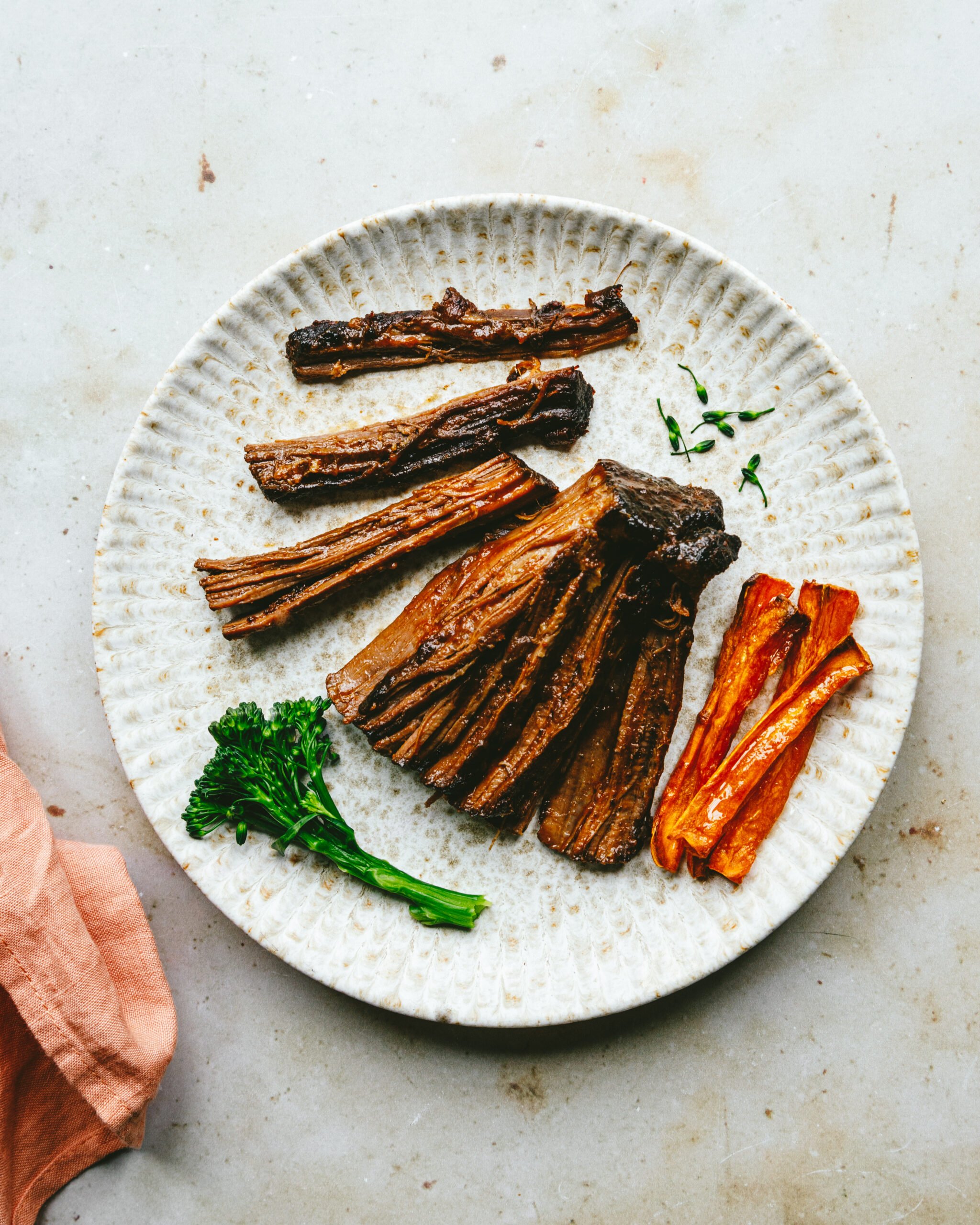
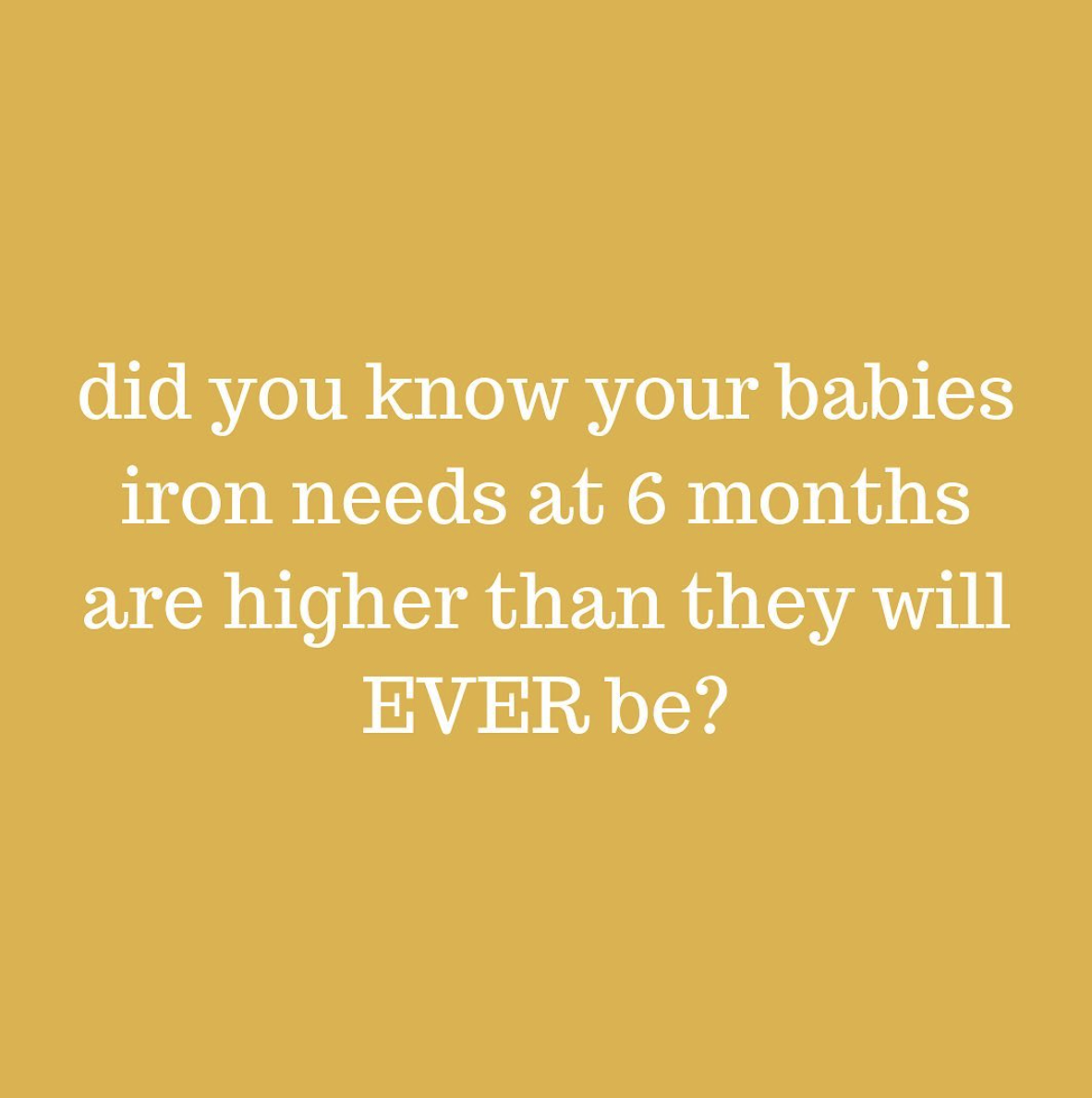
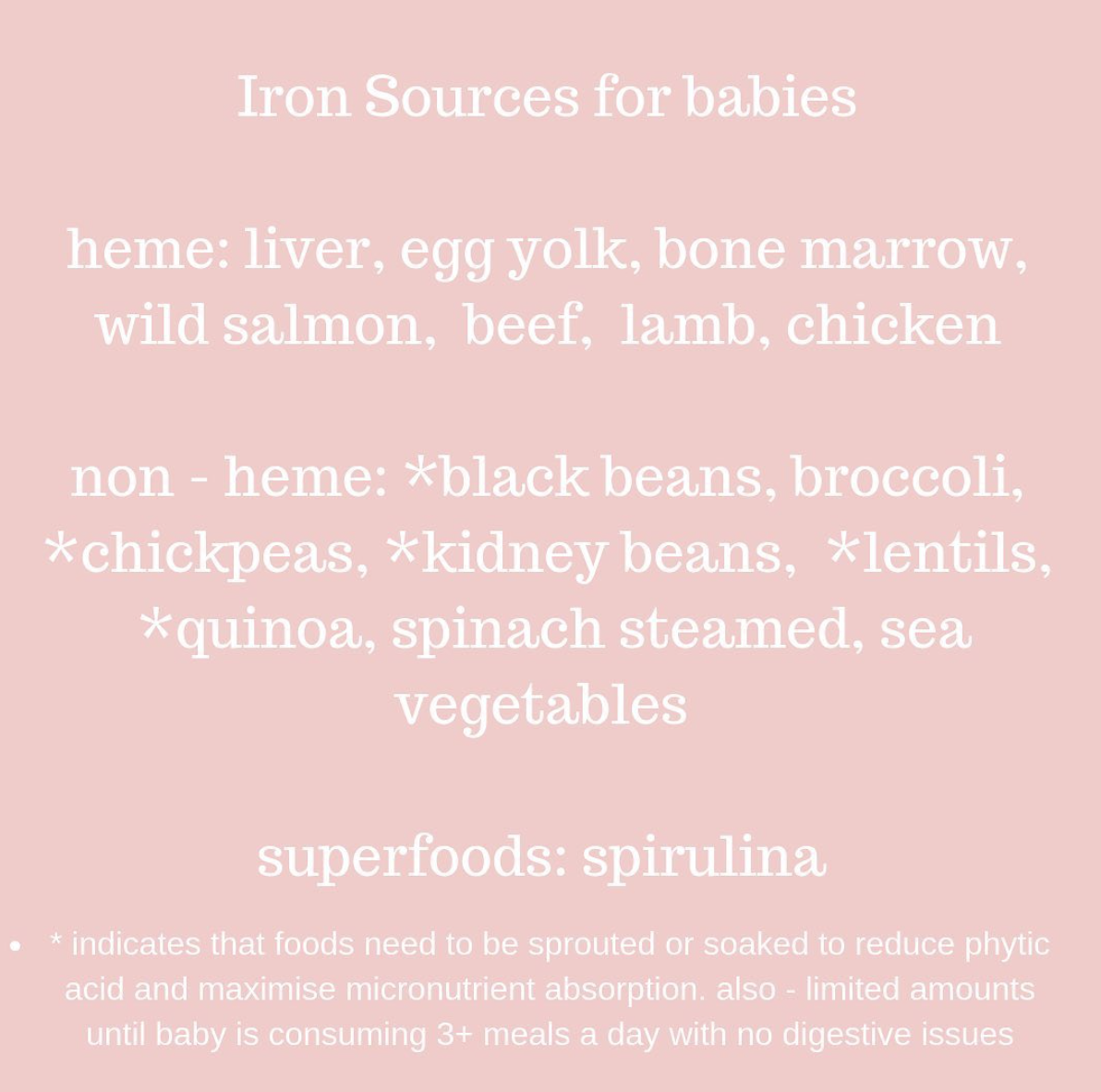
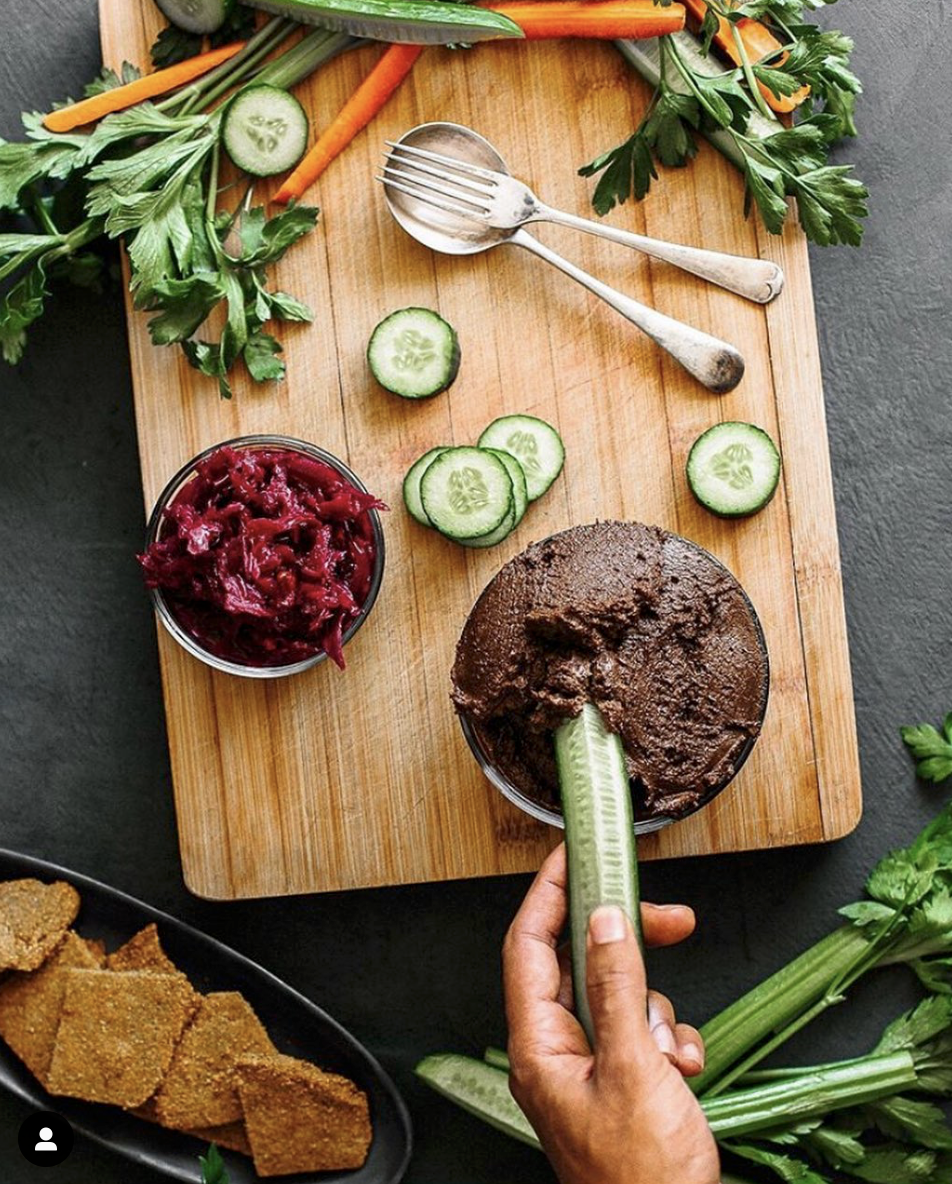
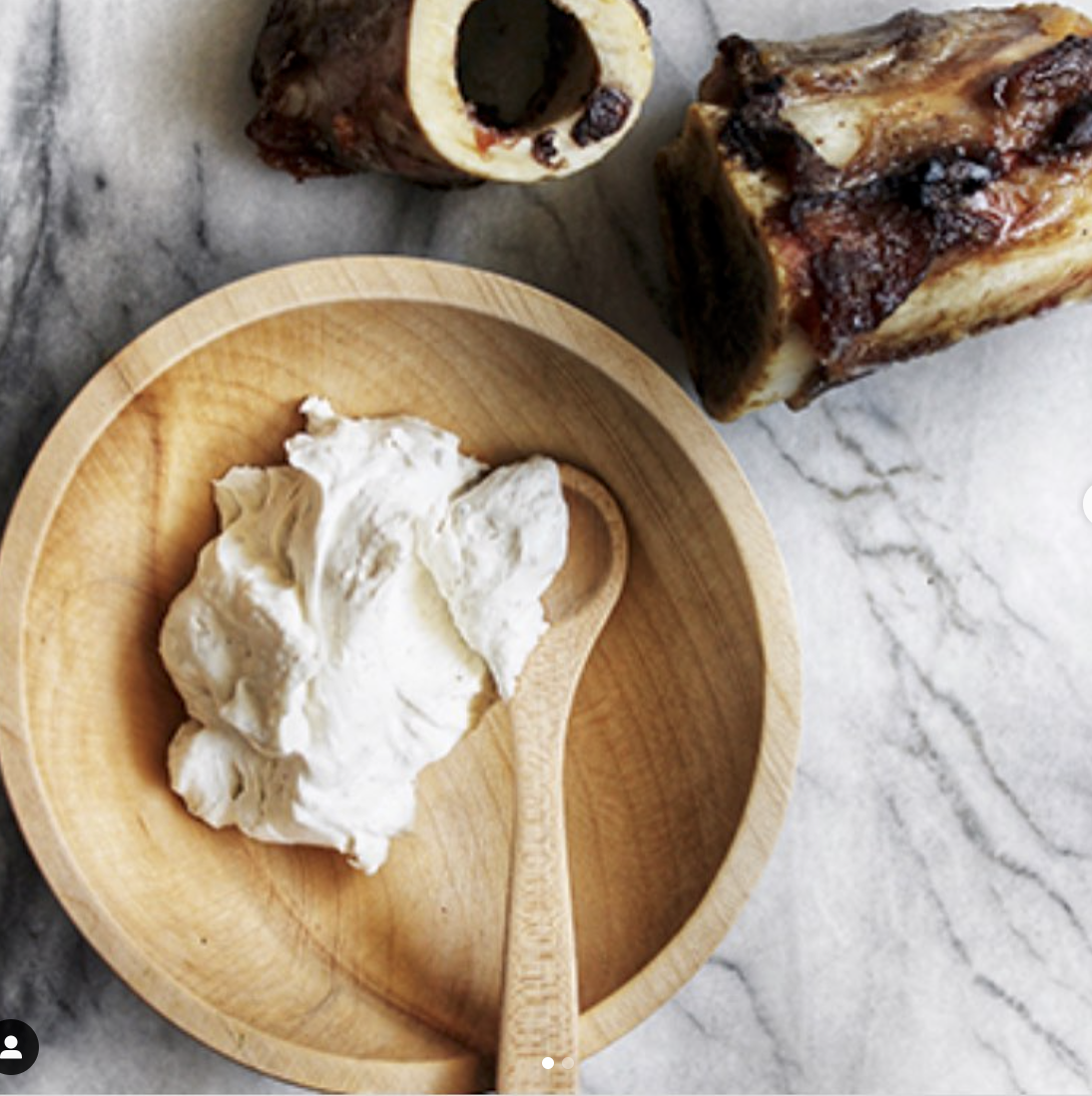
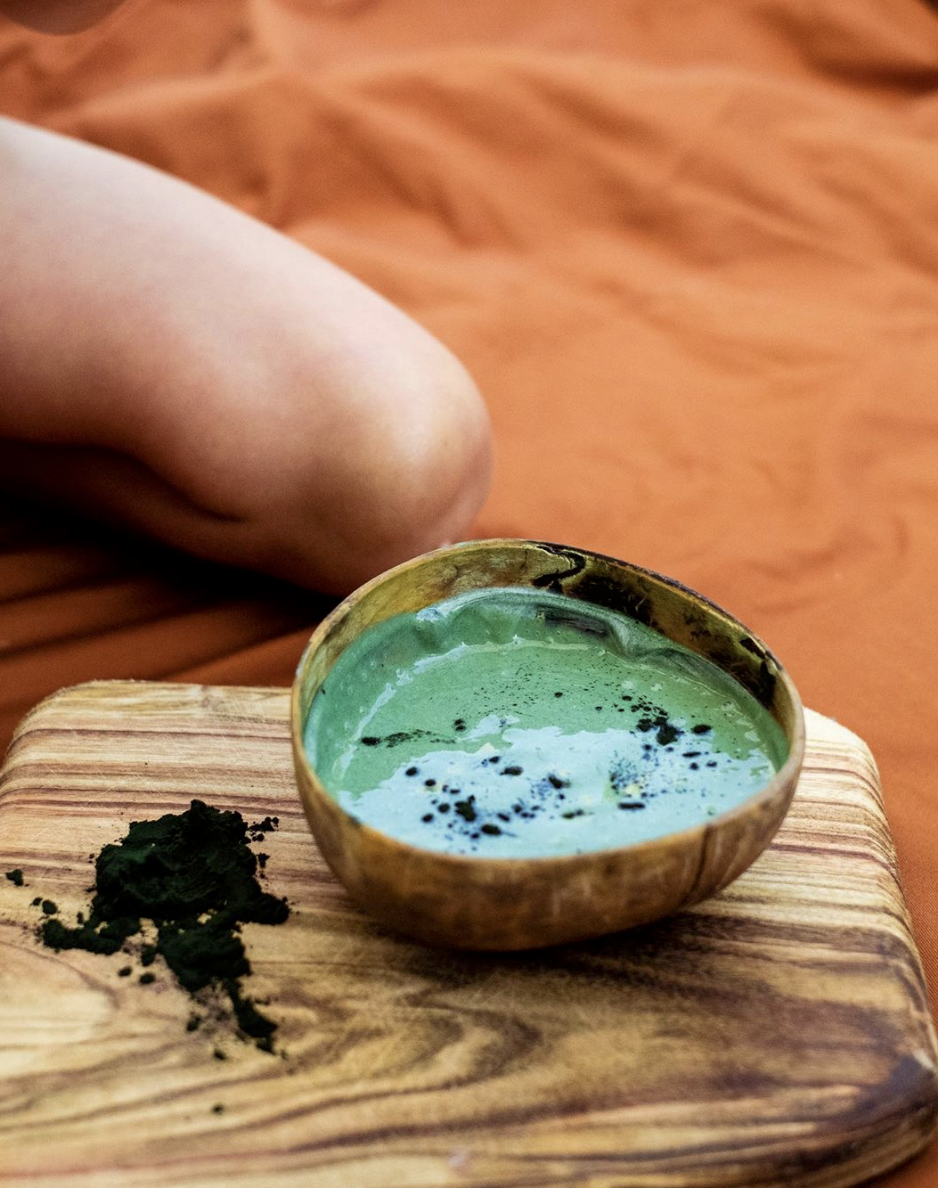
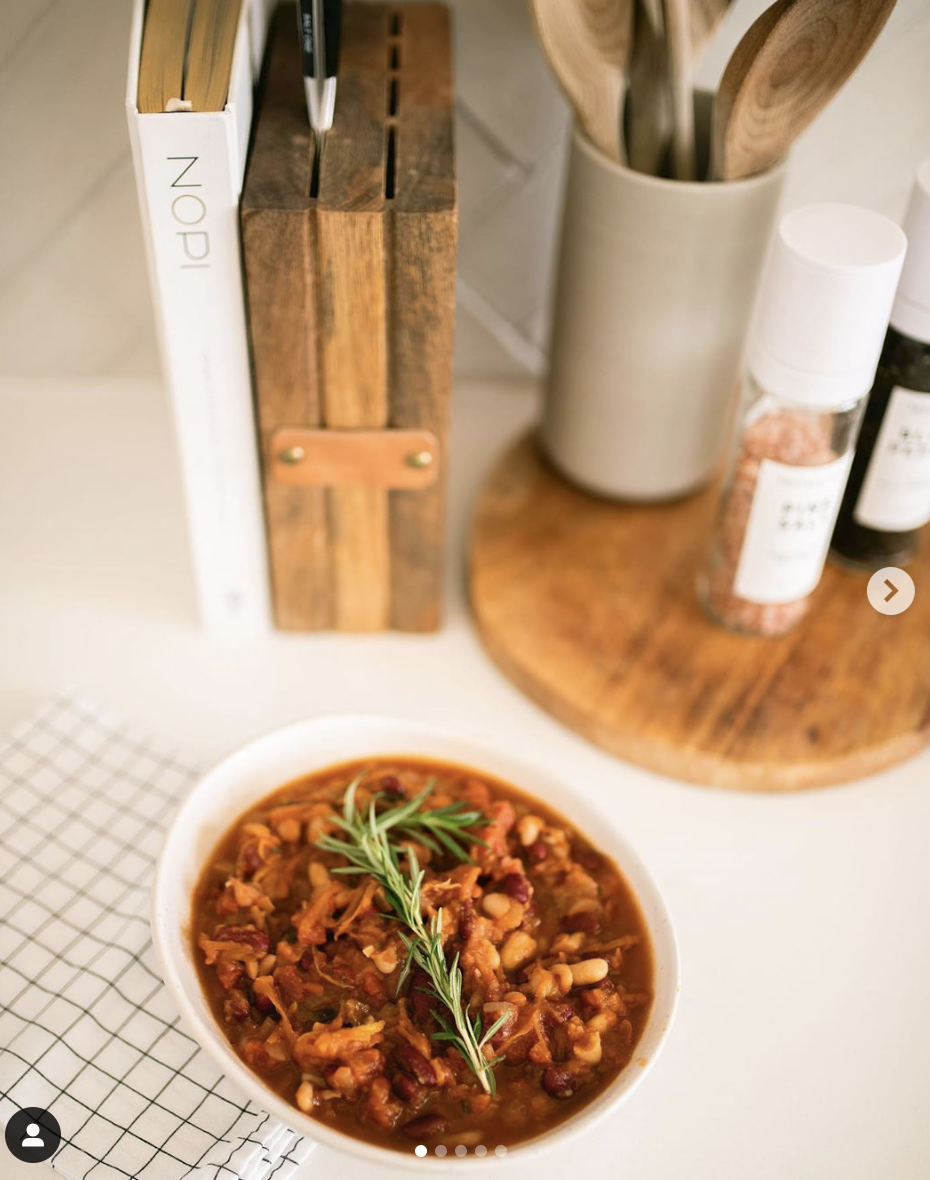
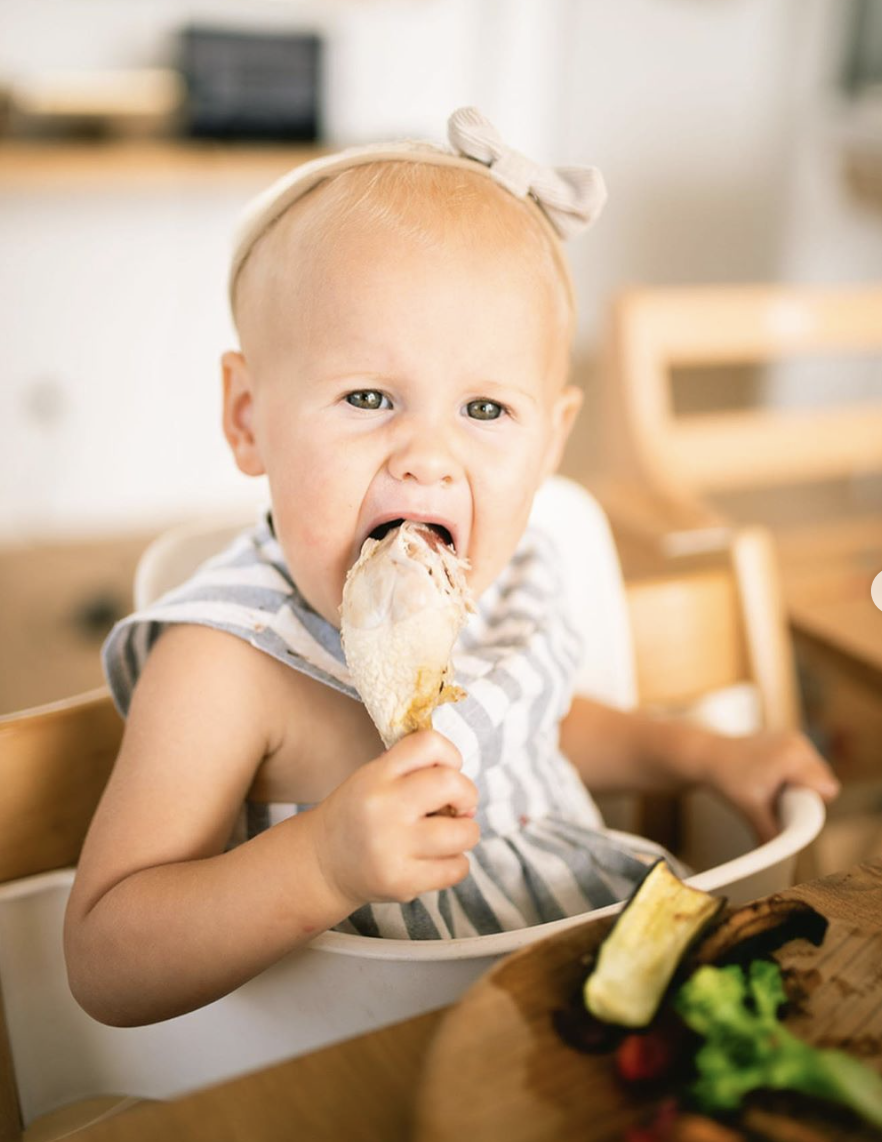
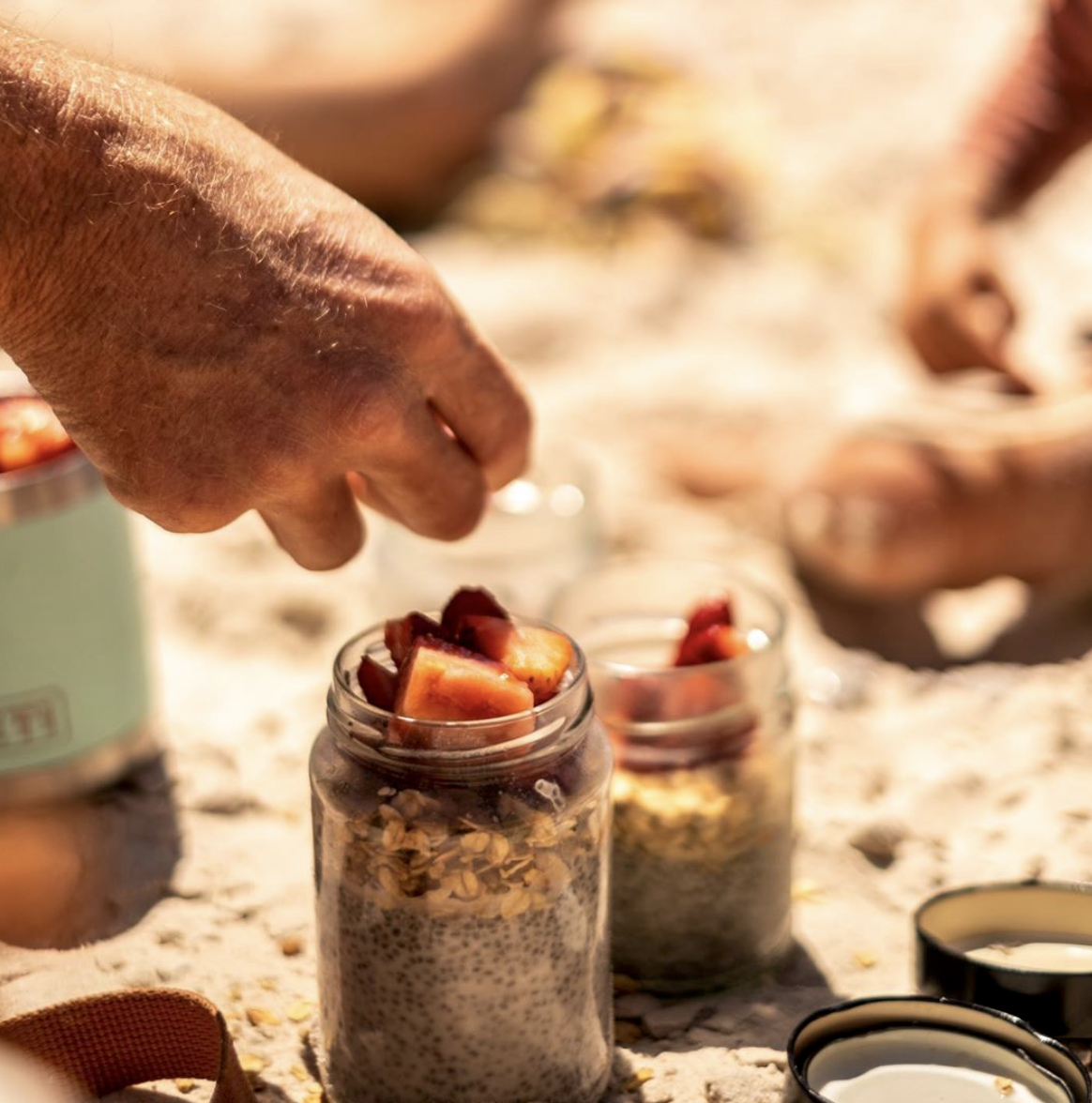
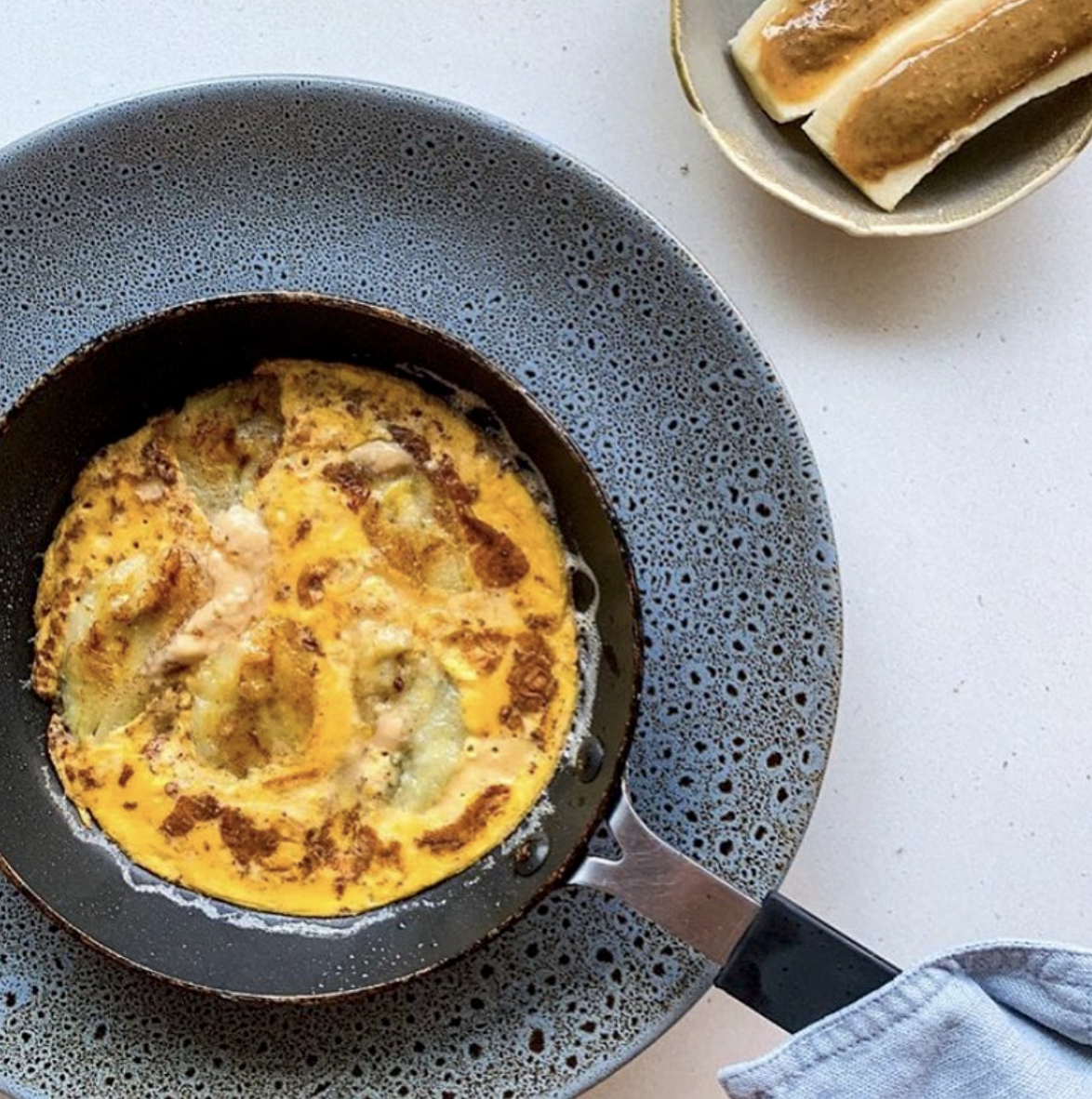
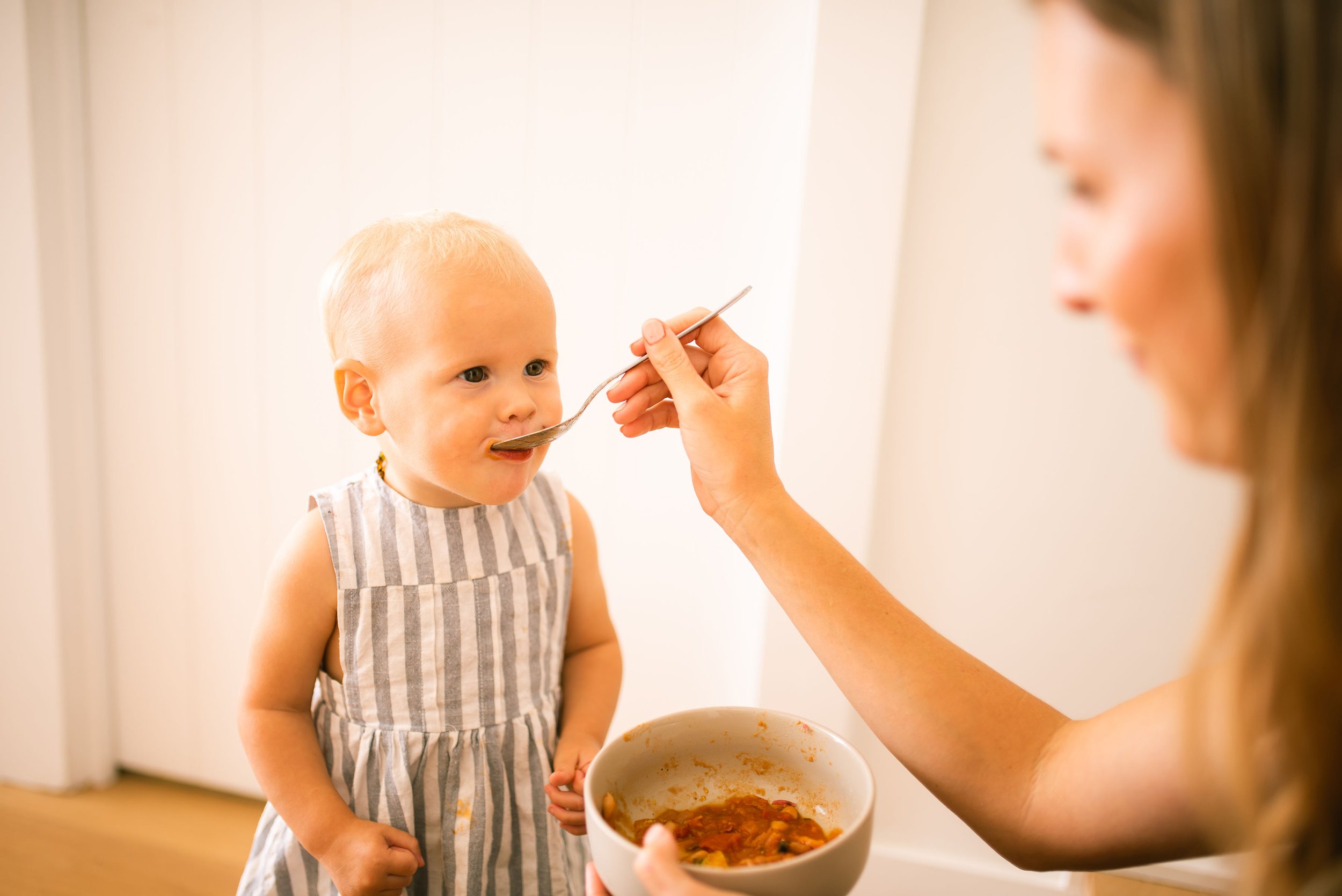
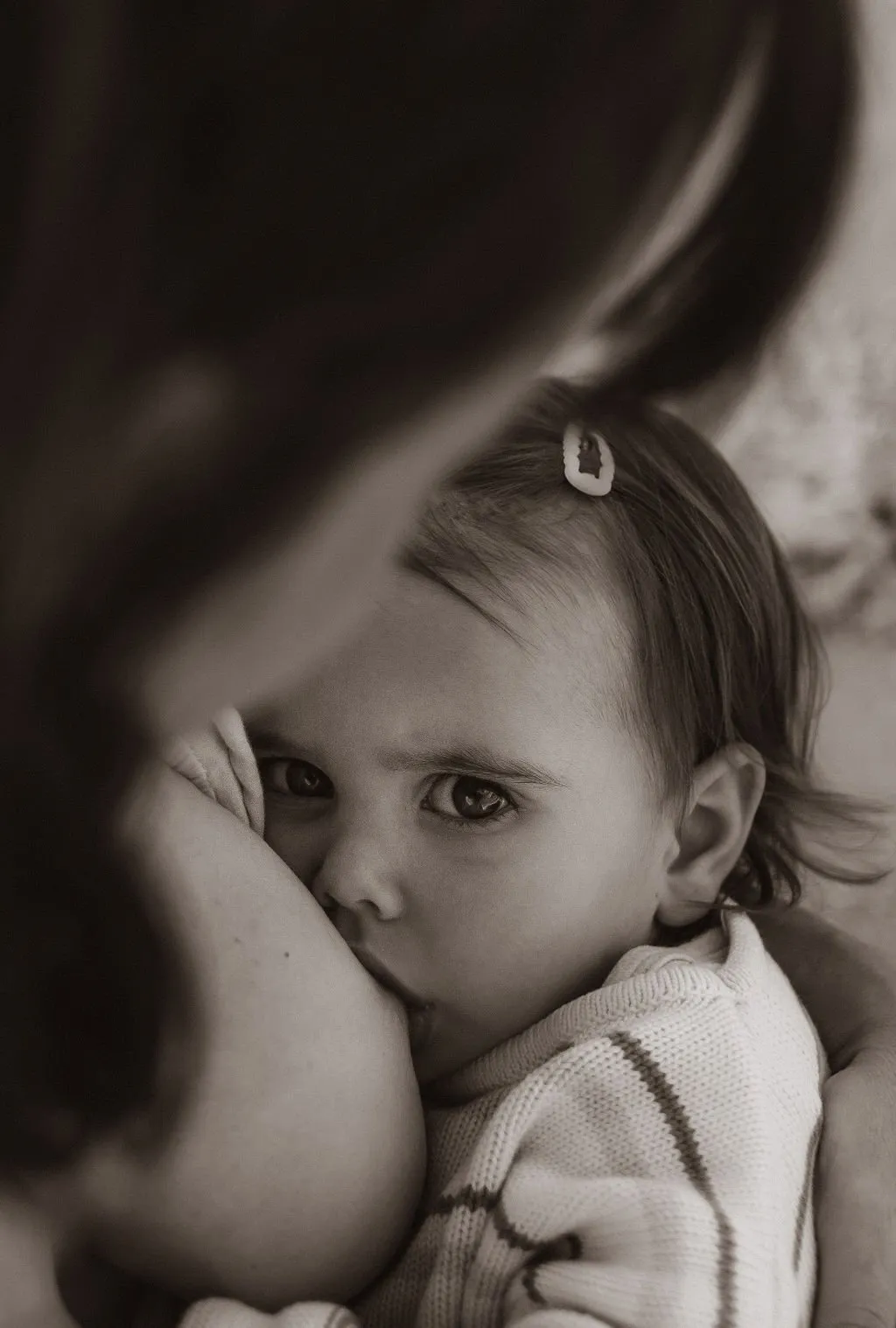
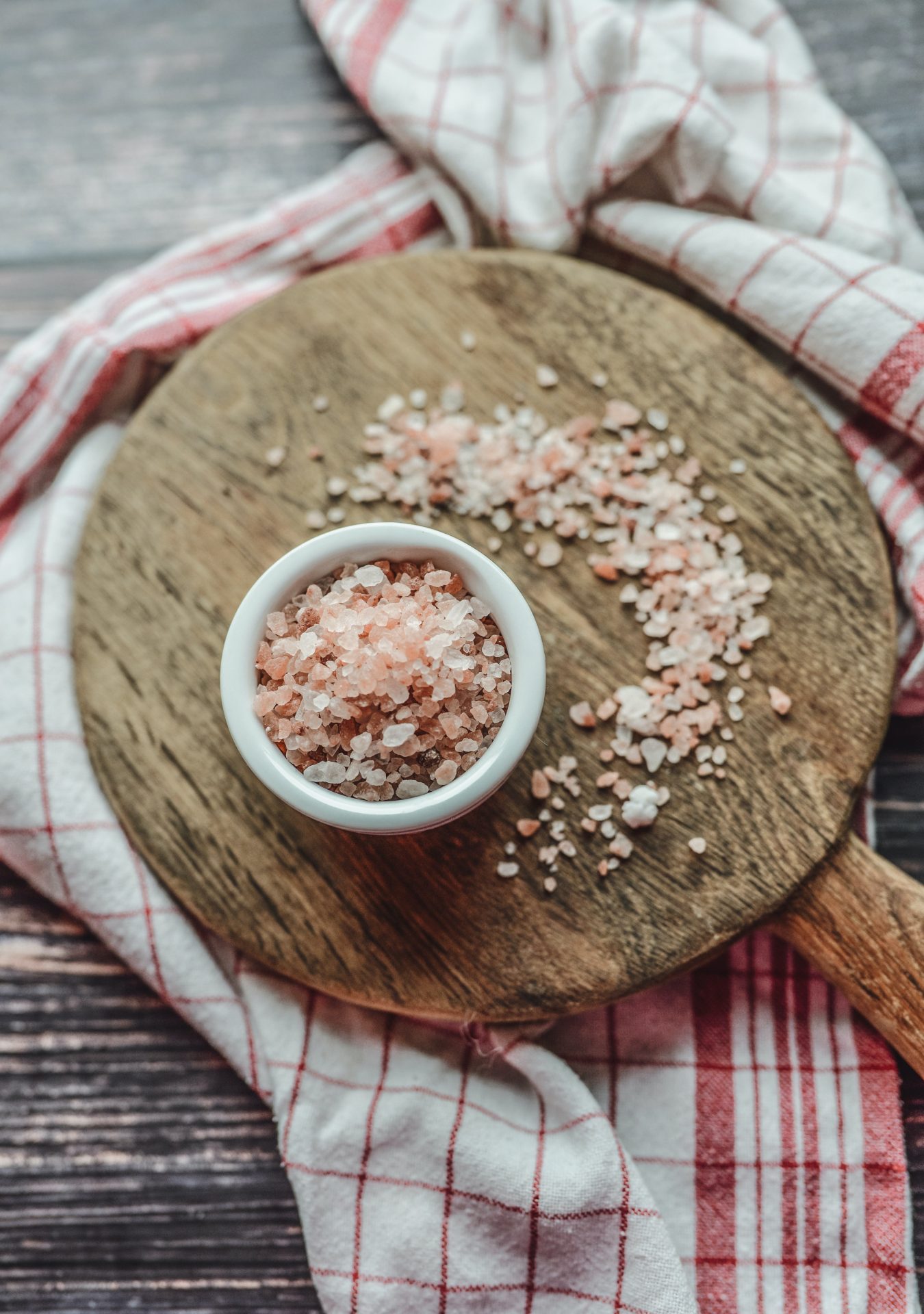
+ show comments
- Hide Comments
add a comment